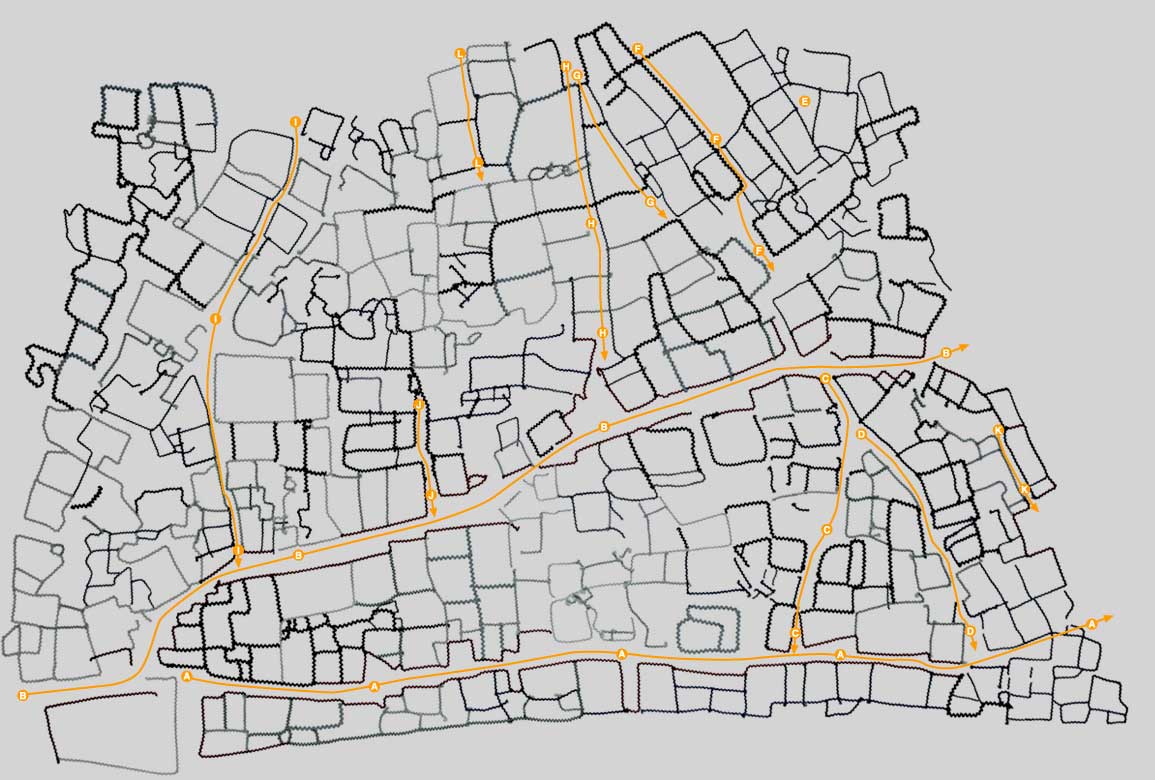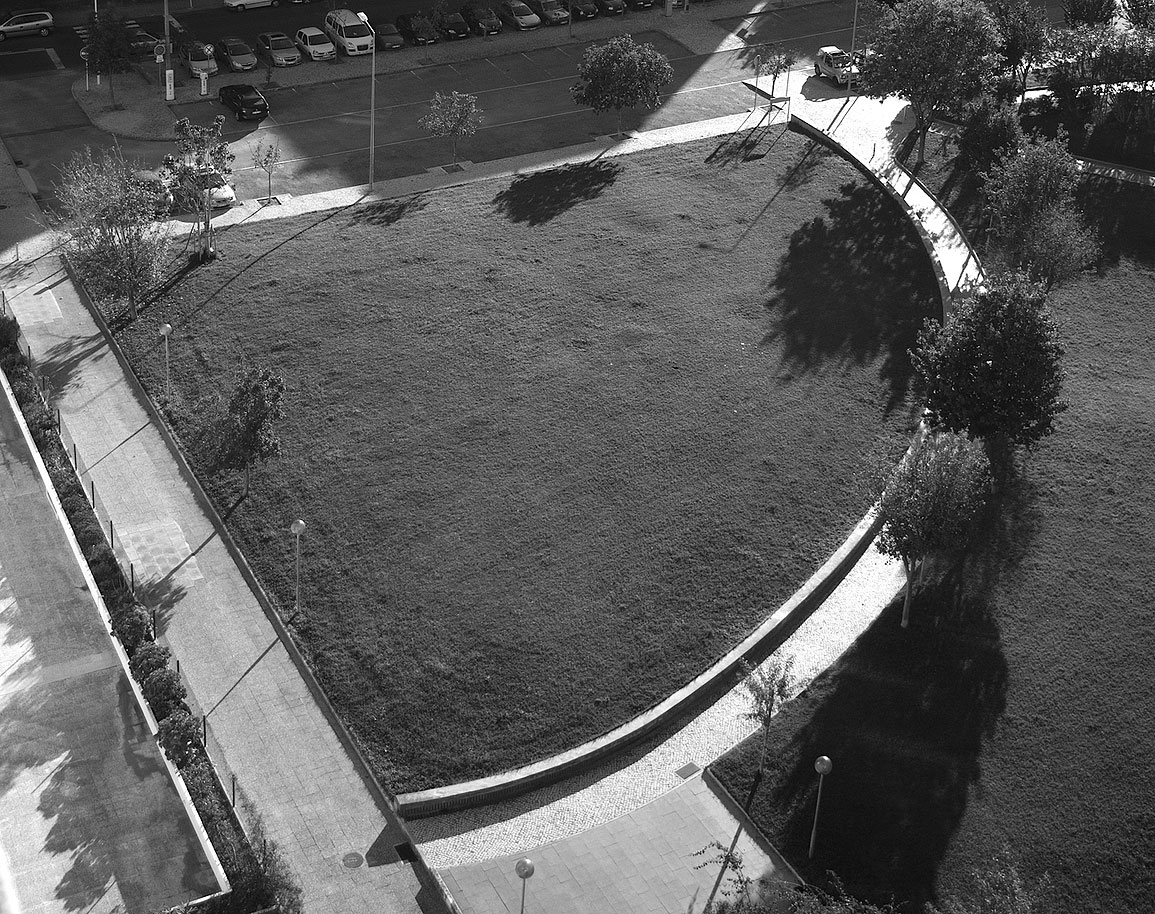Description: The sugar cane has its origin in South-west Asia. Its cultivation was implemented by the Portuguese people in Cape Verde, S. Tome and Prince, Brazil, and India, becoming quite important to the colonial economy and for the use of slave labor.
In Cape Verde, the sugar cane is used to produce molasses and grogue (cane spirit). In Portugal some traces of this type of activity can be found in surroundings of Lisbon, especially in areas inhabited by people of Cape Verde origin. However, in Portugal there is a big confusion between the sugar cane and another type of cane (Arundo donax L.). The latter is considered as invasive species, and consequently its economic and cultural values are very low. (*)
Provided by: Manuel Vaz, a Cape Verde- born Portuguese.
Present Location: Plant nursery belonging to Moscavide and Portela Districts.
Last revision date: March 2016
(I) Numbering in accordance with the archive of trees and plants identified in the Quinta da Vitoria 2012 and 2013.
(II) Mabberley, David J. Mabberley´s Plant-Book: A Portable Dictionary of Plants, their Classifications and Uses. Cambridge University Press, 2008.
(*)Testimonies of residents gathered in a set of recorded conversations in the neighborhood of Quinta da Vitória and later to your demolition, recorded in Lisbon, Loures and London between July 2012 and October 2014



